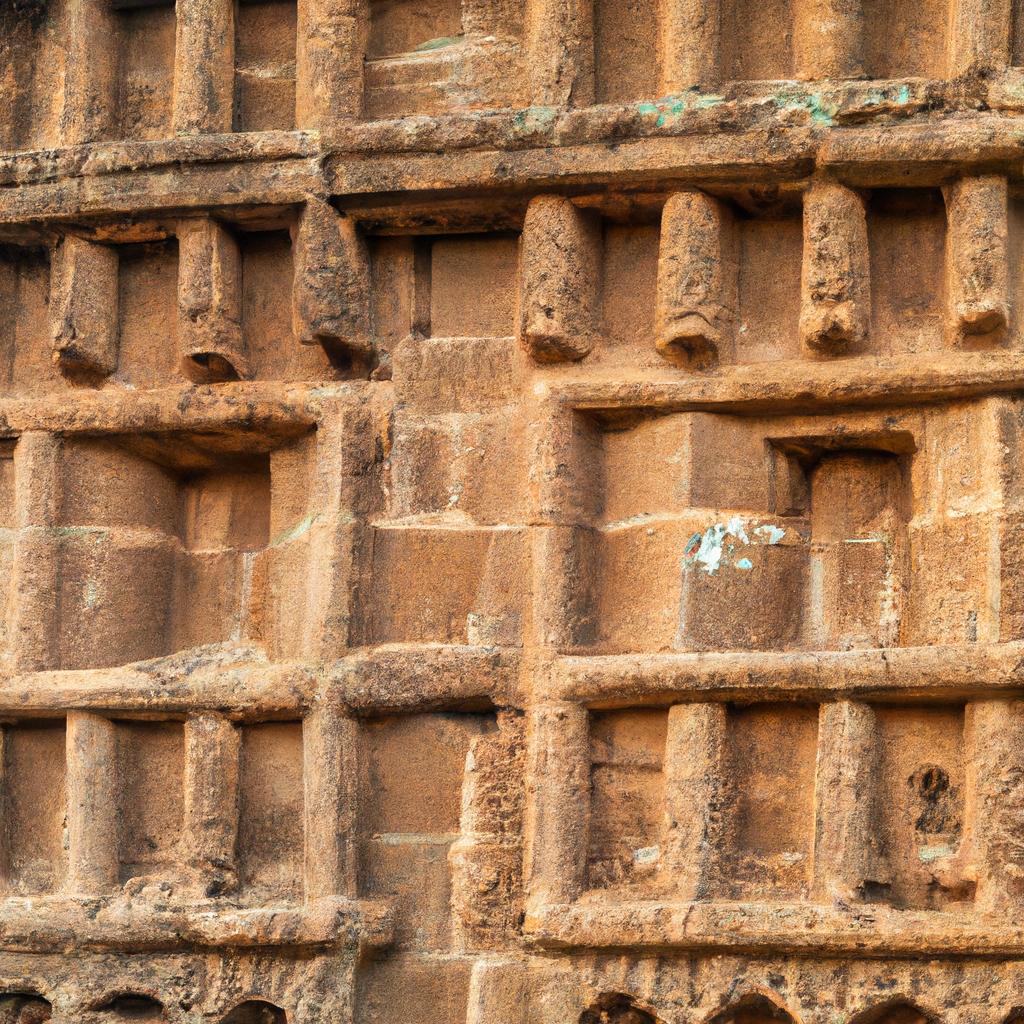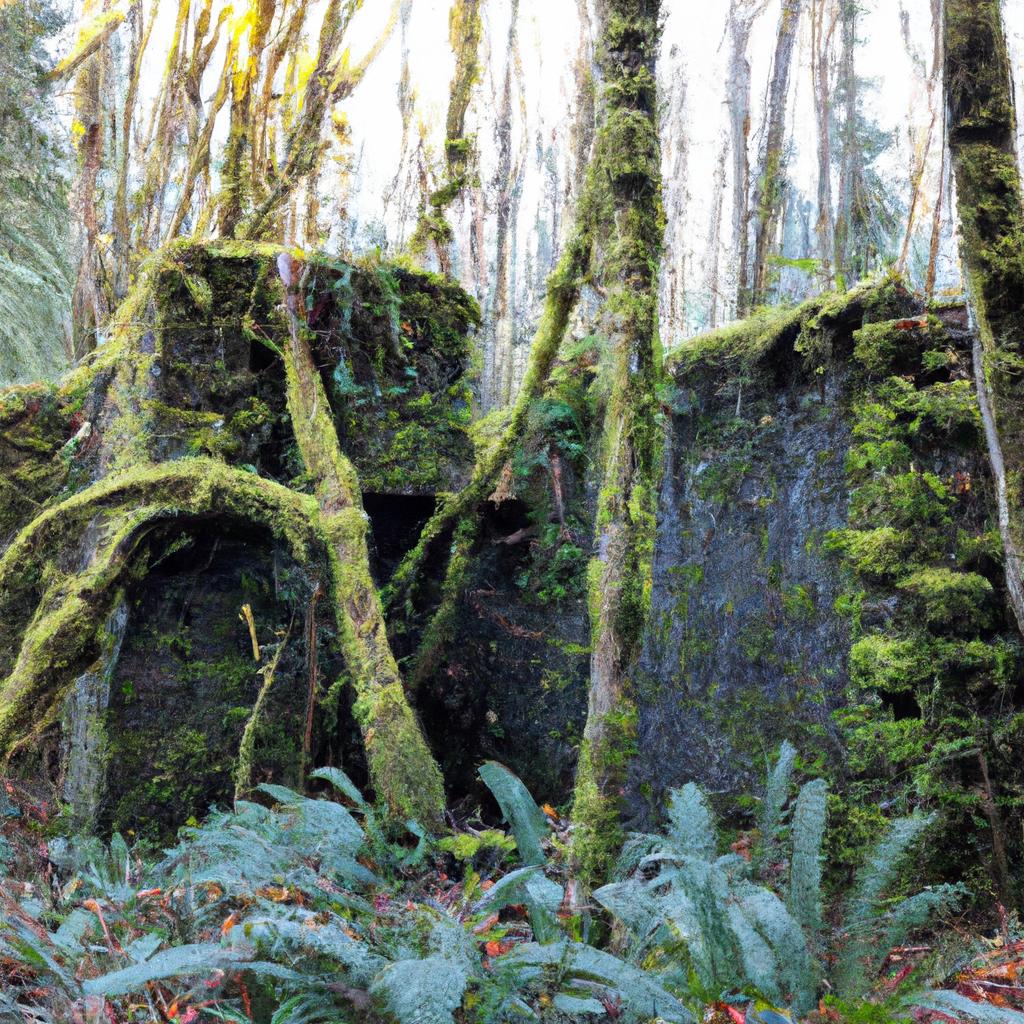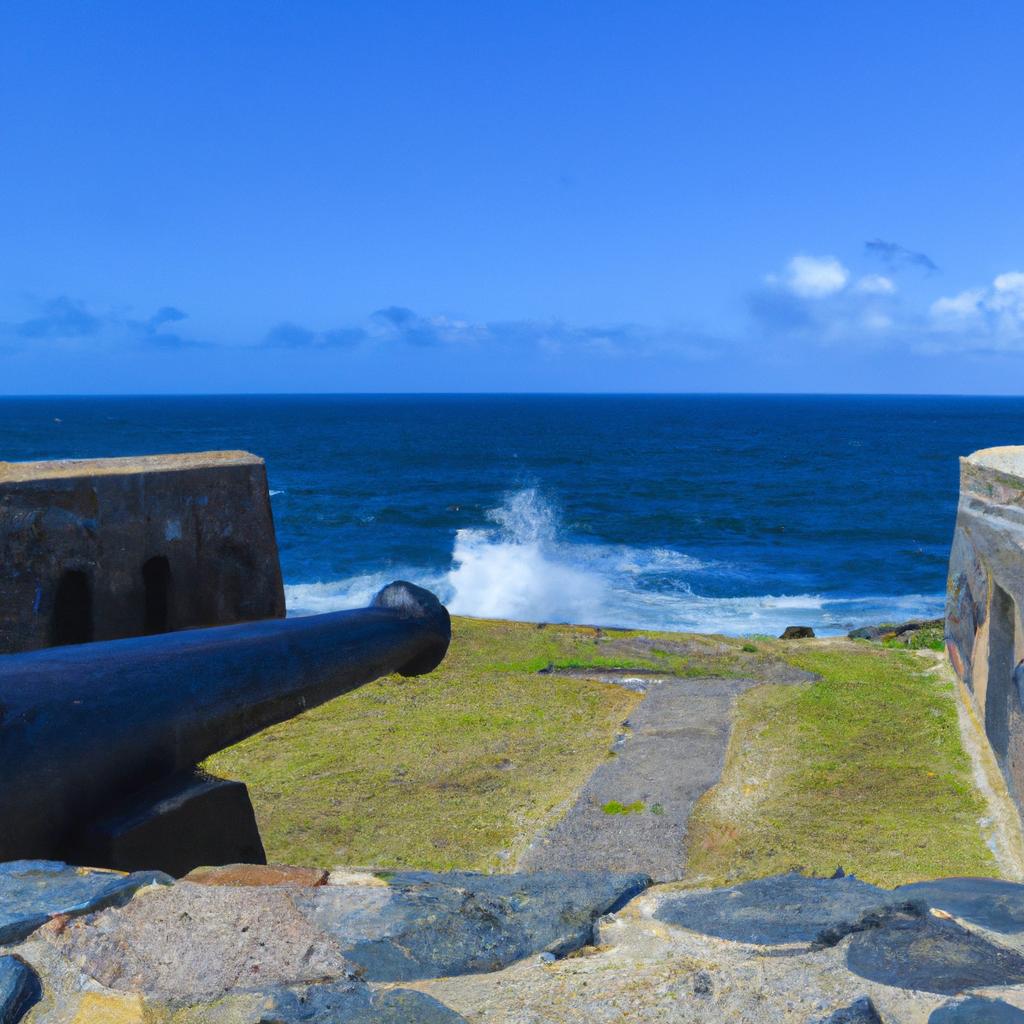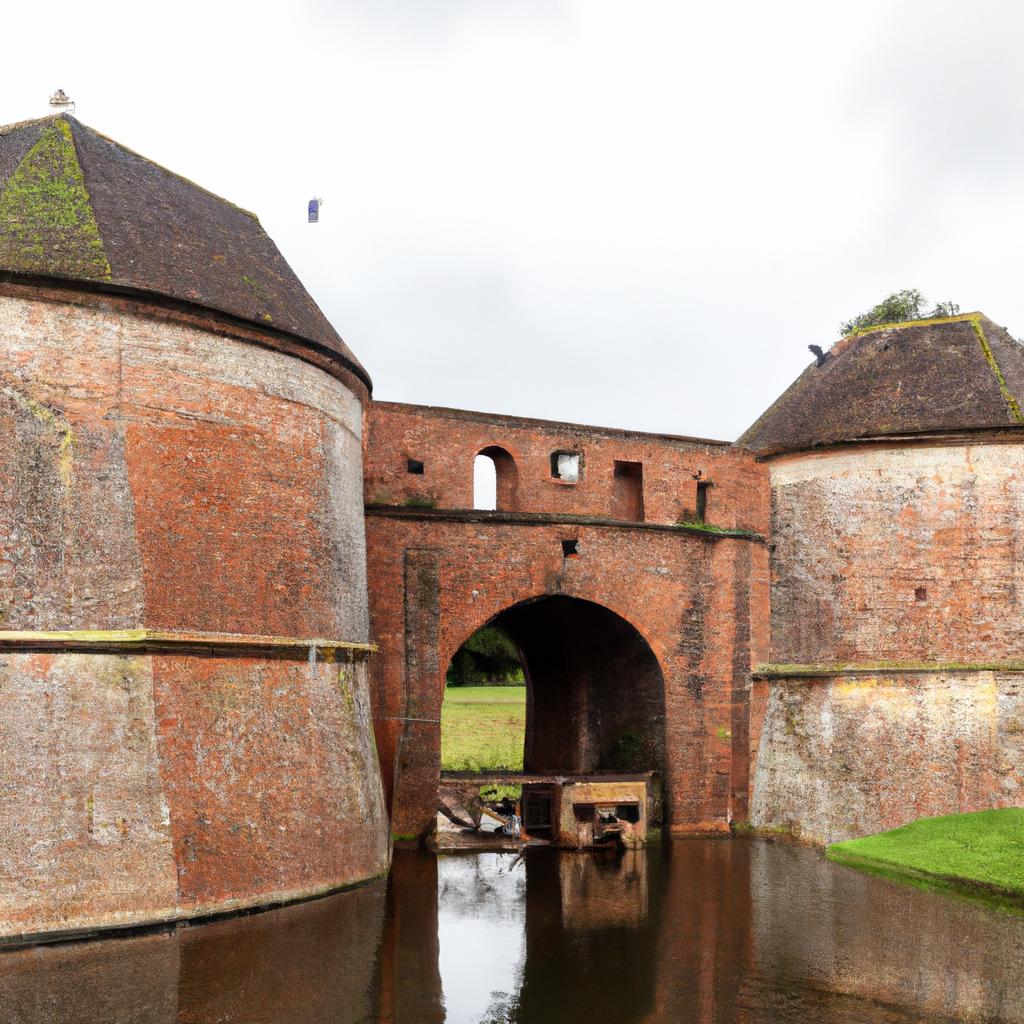# Fort Walls: A Journey through History and Significance
Fort walls have stood as a testament to human civilization since ancient times. These formidable structures were not limited to military use; they also adorned the construction of palaces, temples, and other monumental edifices. In this article, we will embark on a captivating exploration of the history, purpose, and significance of fort walls.
Unveiling the Essence of Fort Walls

A fort wall is a defensive structure encircling a fortress or city, safeguarding it from external threats. Crafted from an amalgamation of materials such as stone, brick, earth, and wood, fort walls exhibit varying heights and thicknesses, tailored to the level of protection required.
Tracing the Footsteps of Fort Walls across Time

Fort walls have served as guardians throughout history, with roots in ancient civilizations like the Egyptians, Greeks, and Romans. The Great Wall of China, an awe-inspiring testament to fort walls, was constructed during the Ming Dynasty. Medieval Europe witnessed the prevalent use of fort walls to shield castles and towns from invading armies.
Unveiling the Importance of Fort Walls

Fort walls played a pivotal role in the advancement of human society. They furnished protection against hostile forces, symbolized power and authority, and held immense social and political significance. Serving as formidable deterrents to potential attackers, they showcased the military prowess and might of a society. Moreover, fort walls provided a sanctuary for citizens during times of strife and unrest.
In the following section, we will delve into the purpose of fort walls and their historical applications.
Fort Walls Unveiled: Unraveling their Purpose

Fort walls have been driven by three primary purposes throughout history: protection and defense, symbol of power and authority, and social and political significance.
Protection and Defense
The primary objective of fort walls was to shield cities, castles, and significant structures from external threats. Ingeniously constructed with towers, battlements, and other defensive features, fort walls presented formidable barriers against potential attackers.
Symbol of Power and Authority
Fort walls represented more than just defense; they embodied power and authority. Often commissioned by rulers and leaders, these walls stood as imposing symbols of military strength and dominance. The size, height, and thickness of fort walls were indicative of the affluence and power of the society behind them.
Social and Political Significance
Fort walls held considerable social and political implications. They reinforced social hierarchies by delineating living spaces, with the most privileged members residing within the walls and less fortunate individuals dwelling outside. The walls physically demarcated boundaries between different social groups, accentuating social divisions.
In the next segment, we will delve into the various types of fort walls and their defining characteristics.
Unmasking the Different Types of Fort Walls

Fort walls have evolved over time, adapting to new technologies and shifting military strategies. Let’s explore the three primary types of fort walls:
Medieval Fort Walls
Erected during the Middle Ages, typically between the 5th and 15th centuries, medieval fort walls were characterized by their immense thickness and height. Constructed predominantly from stone, they reached staggering heights of up to 30 feet and were designed to endure siege weapons such as catapults and battering rams.
Renaissance Fort Walls
During the Renaissance period, fort walls embraced technological advancements, ushering in new features like cannons and muskets. Although lower and slimmer than their medieval counterparts, Renaissance fort walls boasted enhanced resistance to gunfire. Earthworks and bastions fortified these walls, augmenting their defensive capabilities.
Modern Fort Walls
Modern fort walls continually evolve, incorporating cutting-edge materials and technologies. Crafted from concrete, steel, or other durable substances, they endure modern weaponry such as missiles and bombs. Advanced defense systems, including radar and surveillance equipment, are integral to these modern fort walls.
In the subsequent section, we will uncover the techniques and materials employed in the construction of fort walls.
Journey into the Construction of Fort Walls
Crafting fort walls involved diverse materials, techniques, and methods, necessitating skilled labor and ample resources. Let’s explore the materials used, techniques employed, and famous fort walls from around the world.
Materials Used
Fort walls embraced various materials, contingent upon location, available resources, and historical timeframes. Stone, renowned for its endurance, was the most frequently employed material. Brick and earth, more accessible and cost-effective, were also widely utilized. Wood found its application in regions where stone was scarce, albeit demanding frequent maintenance due to its vulnerability.
Techniques and Methods
Fort walls demanded an array of techniques and methods. A common approach involved digging a trench encircling the fort’s perimeter, followed by the construction of the wall atop it. Wall construction occurred in separate sections that were eventually united. Skilled masons and carpenters were entrusted with the task, deploying scaffolding for higher elevations.
Famous Fort Walls from Around the World
Numerous fort walls have left an indelible mark throughout history, each characterized by its unique construction and design. The Great Wall of China, spanning a staggering 13,000 miles across China, is among the most renowned. The walls of ancient Babylon showcased immense proportions, measuring over 50 feet in height and 80 feet in width. Europe marveled at the strength and resilience of the walls of Constantinople, withstanding unrelenting assaults through the ages.
In the forthcoming section, we will explore the challenges associated with maintaining and preserving fort walls.
Sustaining the Legacy: Maintaining and Preserving Fort Walls
Fort walls, significant chapters in history, necessitate consistent maintenance and preservation to uphold their importance and historical value. Let’s delve into the challenges posed, preservation strategies, and successful case studies of fort wall preservation.
Challenges in Maintaining Fort Walls
Maintaining fort walls presents formidable challenges owing to their age and magnitude. Deterioration of construction materials over time leads to cracks and instability. Additionally, fort walls endure exposure to the elements, rendering them susceptible to erosion and weathering. Human activities, such as graffiti, vandalism, and neglect, may inflict further damage upon these grand structures.
Strategies for Preserving Fort Walls
Preserving fort walls demands comprehensive maintenance plans encompassing regular inspections, cleaning, and repairs. Utilizing appropriate materials and techniques is crucial to ensure the preservation of the original structure. Non-invasive methods, like laser cleaning, offer a gentle yet effective approach to removing graffiti and dirt without harming the fort walls.
Conservationists employ a fusion of traditional and modern approaches to fort wall preservation. Combining traditional techniques, like lime plastering and cob construction, with modern materials such as polymers and resins, fort walls can be reinforced, guaranteeing their endurance.
Case Studies of Successful Fort Wall Preservation
Many fort walls worldwide have experienced successful preservation efforts. The Great Wall of China remains a paramount example. Incorporating traditional restoration techniques and modern materials, the preservation initiatives have ensured the wall’s ongoing longevity.
The Dubrovnik Walls in Croatia underwent extensive restoration work in the 20th century. Employing traditional techniques like lime plastering and masonry, the restoration project meticulously repaired damages, preserving these walls as a cherished landmark to this day.
In conclusion, maintaining and preserving fort walls is paramount to preserving historical significance and cultural heritage. By formulating comprehensive maintenance plans and combining traditional and modern techniques, we can safeguard these remarkable structures, ensuring future generations can appreciate and learn from them.
Final Thoughts
In conclusion, fort walls have etched themselves as indelible chapters in human history. Providing protection, symbolizing power and authority, and carrying immense social and political significance, they have shaped the progression of civilization.
While the remnants of many fort walls have succumbed to time’s grasp, preserving those that remain is crucial. As an online platform specializing in nature, gardening, and animals, TooLacks acknowledges fort walls’ historical importance and advocates for their preservation. We hope this article has offered valuable insights into the captivating history, purpose, and significance of fort walls. Visit TooLacks’ website for more captivating content related to nature, gardening, and animals.



